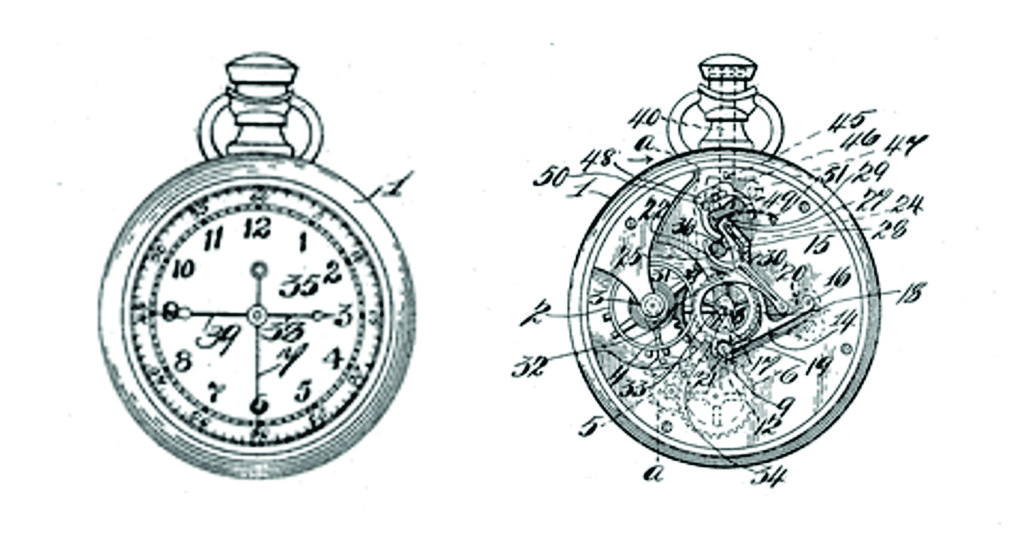In March of 2013, the United States transitioned from being a “First to Invent” to a “First to File” system. Prior to this change, patents were granted to the person who could demonstrate that he or she conceived of the invention first. Under the current “First-to-File” system, the United States Patent and Trademark Office issues patents to the first person to get a patent application on file.
This shift in filing systems has put independent inventors and entrepreneurs at a significant competitive disadvantage to corporations and well-financed entities. Today, a small inventor must not only race to develop his or her invention, but must also understand the basics of filing a patent application and get that patent application on record before some mega corporation learns of this new development and files a patent application first.
Now, more than ever, independent inventors need to understand the importance of getting a well-drafted patent application on file with the Patent Office as fast as possible. Working with a skilled patent practitioner can make the difference between getting a patent and watching your invention make someone else rich.
Since 1995, the United States Patent and Trademark Office has offered inventors the option of filing what is known as a provisional patent application. Filing a provisional patent application can be done much faster than preparing and filing a standard, or nonprovisional, application at a lower cost.
Provisional applications have 12 month pendency term, which can allow inventors time to further develop and market their inventions before filing a nonprovisional (traditional) patent application while allowing the inventor the benefit of the original filing date. Furthermore, inventors may use the term “patent pending” after filing a provisional application. Although filing provisional applications come with their own potential risks, they can provide an inventor with extra time to research and develop an invention further. Speaking directly to your bottom line, filing a provisional application is a cost-effective way of taking your invention to the next level.
We at The Thornton Firm believe that getting a patent application on record as fast as possible should be an inventor’s top priority; and we strongly encourage inventors to consider filing provisional applications in order to have something on record with the Patent Office. We work with inventors to insure that their intellectual property needs are met, and provide a variety of services ranging from simple provisional patent applications to thorough non-provisional applications.

